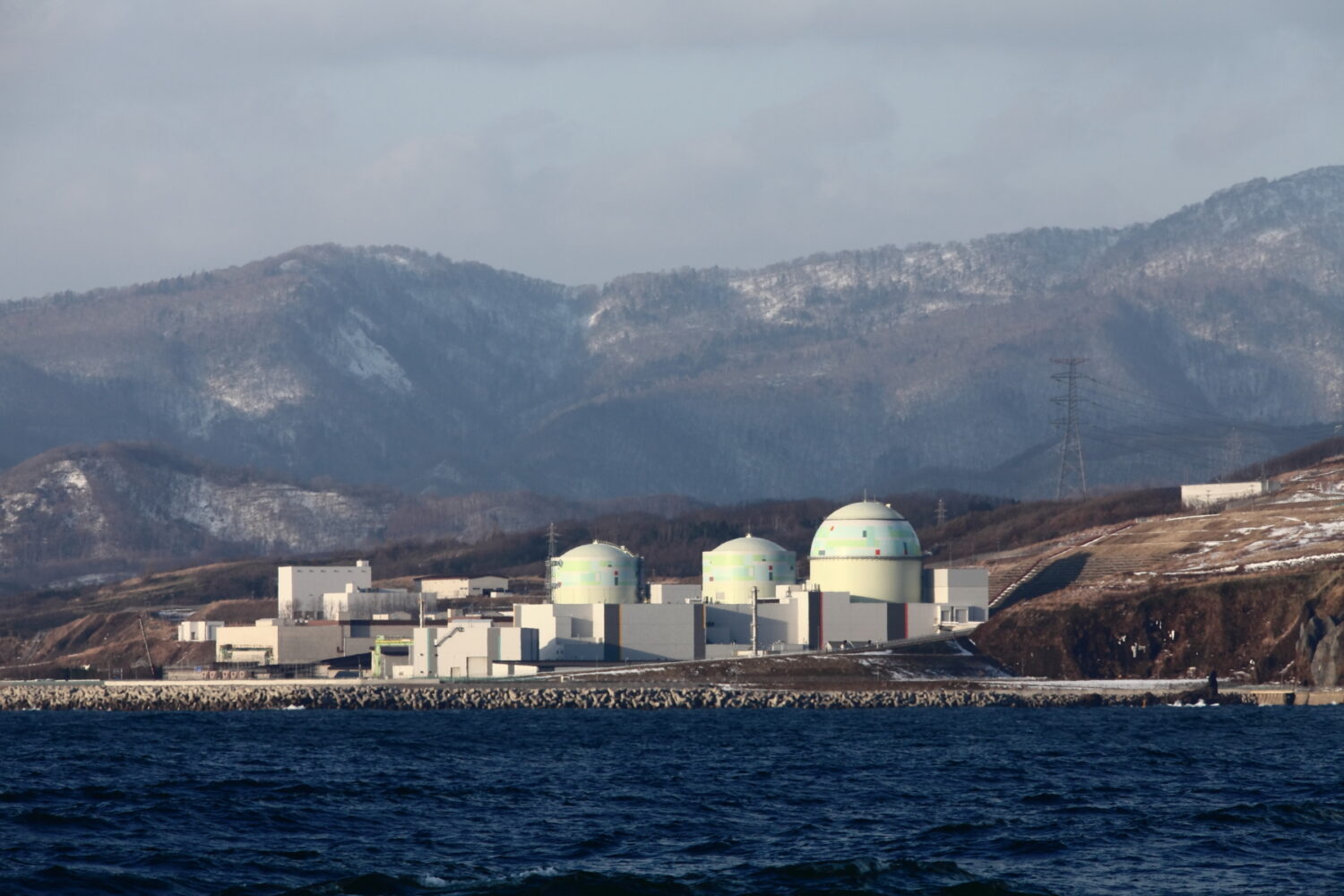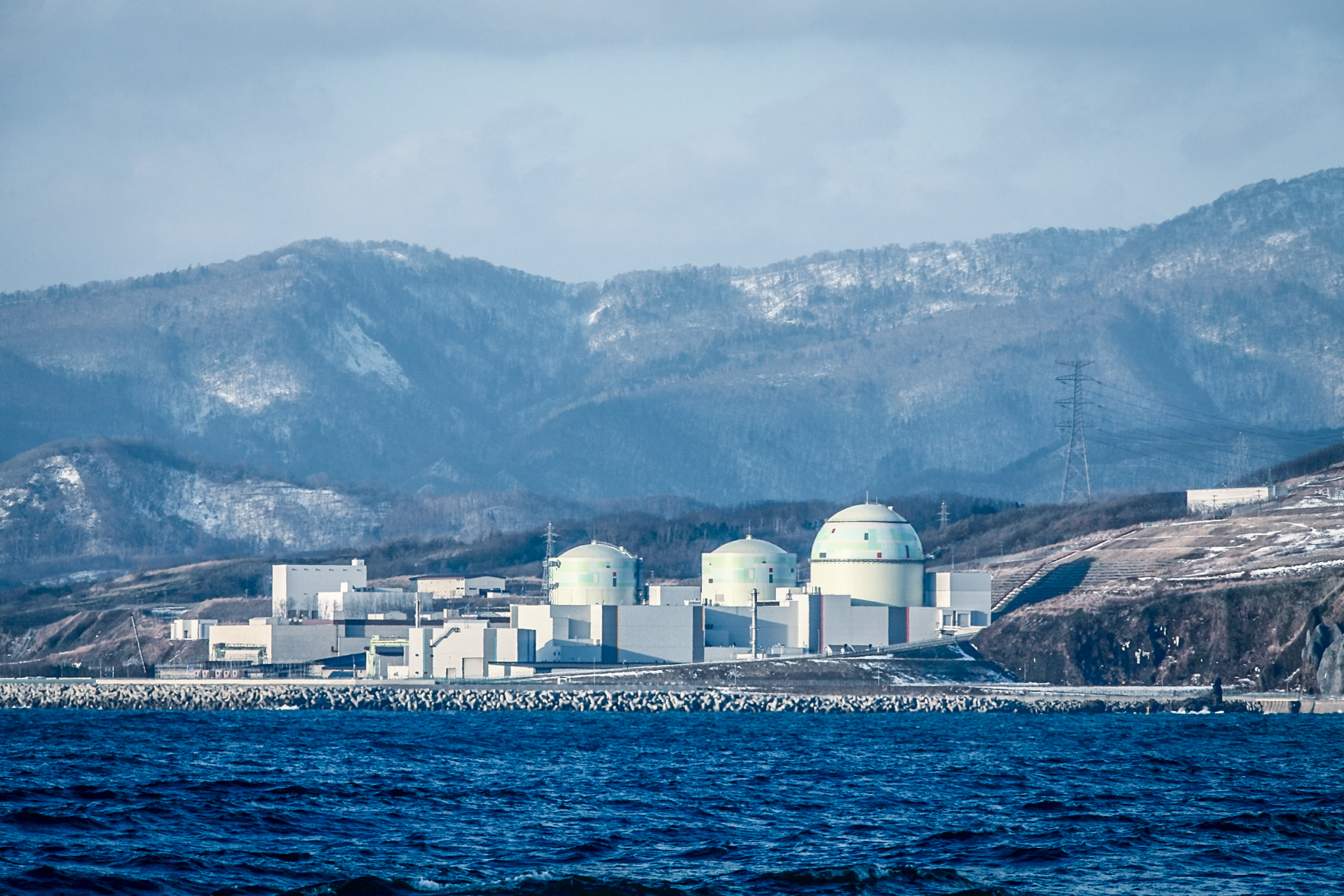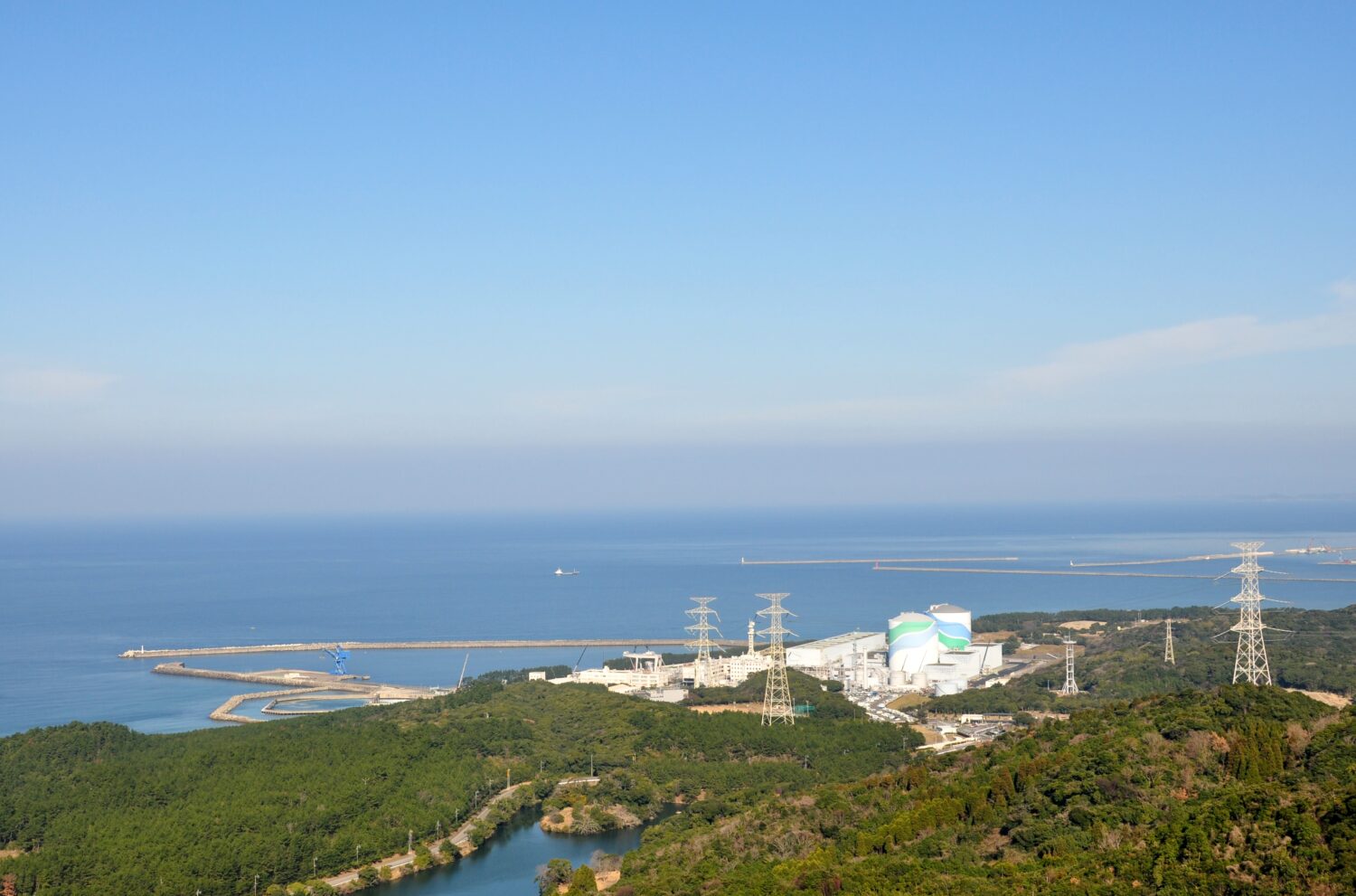Such missions, consisting of international experts, assess nuclear facilities in IAEA member states and provide advice based on the Agency’s international standards. The mission this time concerned questions of physical protection of nuclear material at the Kashiwazaki Kariwa NPPs dating to 2020.
On December 27 of last year, Japan’s Nuclear Regulation Authority (NRA) lifted its “order to prohibit the transport of specified nuclear materials” at the NPPs by returning their regulatory response classification to Category 1. Within the mission, accepted by TEPCO, a group of experts in physical protection assessed the power company’s activities to primarily improve its facilities and operations as well as its continuing efforts.
During their seven-day mission, the five experts heard from various parties and visited the site. On the final day, April 2, they had a meeting with several people, including INAGAKI Takeyuki, superintendent of the NPPs, who said, “We at the NPPs take the advice of the experts seriously. We will enhance our security in line with the IAEA’s international standards.”
One member of the team, technical officer Tapani HACK, referred to an International Physical Protection Advisory Service (IPPAS[1]The IAEA gives recommendations and advice to its member states on enhancing nuclear security. Japan accepted the first IPASS mission in 2015 and a follow-up mission in 2018.) Follow-up Mission to Japan that had occurred in 2018, saying that that mission had confirmed “continual improvements in several areas of the NPPs’ physical protection system.” That indicates that improvements were being made before 2020, when the matter of inadequate physical protection of nuclear materials at the NPPs came to light.
A final report on the mission will be ready soon.
References
| ↑1 | The IAEA gives recommendations and advice to its member states on enhancing nuclear security. Japan accepted the first IPASS mission in 2015 and a follow-up mission in 2018. |
|---|


-013.jpg)

-049.jpg)
.jpg)






